The Distillery District is a commercial and residential district in Toronto, Ontario, Canada, east of downtown, which is made up of numerous cafés, restaurants, and shops housed within incredible heritage buildings of the former Gooderham and Worts Distillery. At one point, Gooderham & Worts was the largest distillery in the British Empire. First established as a grist mill in the 1830s by brothers-in-law James Worts and William Gooderham, the district was soon expanded with the construction of over 40 buildings designed to distill whisky, beer and other spirits.
During its heyday in the 1870s, the Gooderham & Worts distillery produced seven million litres of whisky and spirits a year. Exports were shipped as far as Montreal, New York, Rio de Janeiro, Buenos Aires, Montevideo and other ports in South America. The 13 acres district now comprises of more than forty heritage buildings and ten streets, and is the largest collection of Victorian-era industrial architecture in North America.
Though the distillery eventually stopped making whisky in the late 1950s, it carried on producing rum and industrial grade alcohol until 1990. During the ’90s, the Distillery found a second life as the number one film location in Canada, and the second largest film location outside of Hollywood.
The Distillery District was designated as a National Historic Site, and has been protected under the Ontario Heritage Act since 1976. It was listed by National Geographic magazine as a “top pick” in Canada for travellers.
In fact, it was recently announced as one of the coolest shopping areas in the world. Ranking fifth on the list of ten best places to shop from around the world, the Distillery District is the only Canadian location picked by The International Edition of The Guardian Newspaper.
Yim and I visited for the first time this weekend on a coolish day but had a lovely first visit.
Wandering through the stores and boutiques, I was fascinated by the renovations and how well the buildings had been restored and modernized, giving all the shops we entered an immediate cache.
In the GW General Store (above), we found a couple of Asian treasures and brought them home, where the credenza of sorts added a nice touch beneath our Sue Tupy original hanging in the hallway.
The Distillery District’s traditional brick-paved streets and lanes are restricted to pedestrians and cyclists, with general motor vehicle traffic restricted to streets and parking areas outside of the district’s historic centre. Several large sculptures installed along the lanes enliven its streetscapes, three being on Distillery Lane and the final one at the parking area at the end of Trinity Street. Another primary landmark is the chimney stack atop the Boiler House complex. There are informal public spaces on the pedestrianized streets with chairs and tables for general use, as well as formal patios for some of its coffee houses and restaurants.
The main thoroughfares within the district are Distillery Lane from Parliament Street running southeast to Trinity Street, Trinity Street from Mill Street at its north end to the motor vehicle parking area at its south end, and Tank House Lane from Trinity Street east to Cherry Street. The four borders of the Distillery District are Parliament Street to the west, Mill Street to the north, Cherry Street to the east, and the parking area to the south with the condominiums along Distillery Lane forming hard edges to pedestrians.
One of the more enjoyable stops was the John Fleuvog Store. John Fluevog is (apparently) one of Canada’s best shoe designers. I’d never heard of him but the shoes were works of art… and fun.
We now intend to make a second visit in the summer, under warmer conditions when we can enjoy a night out in one of the dining establishments and perhaps take in one of the Theatre productions.
Oh yes, we did manage to sip Gin before lunch at Spirit of York Distillery and purchase a lovely bottle of distilled Gin infused with juniper, cinnamon, coriander, angelica root, fennel seed.

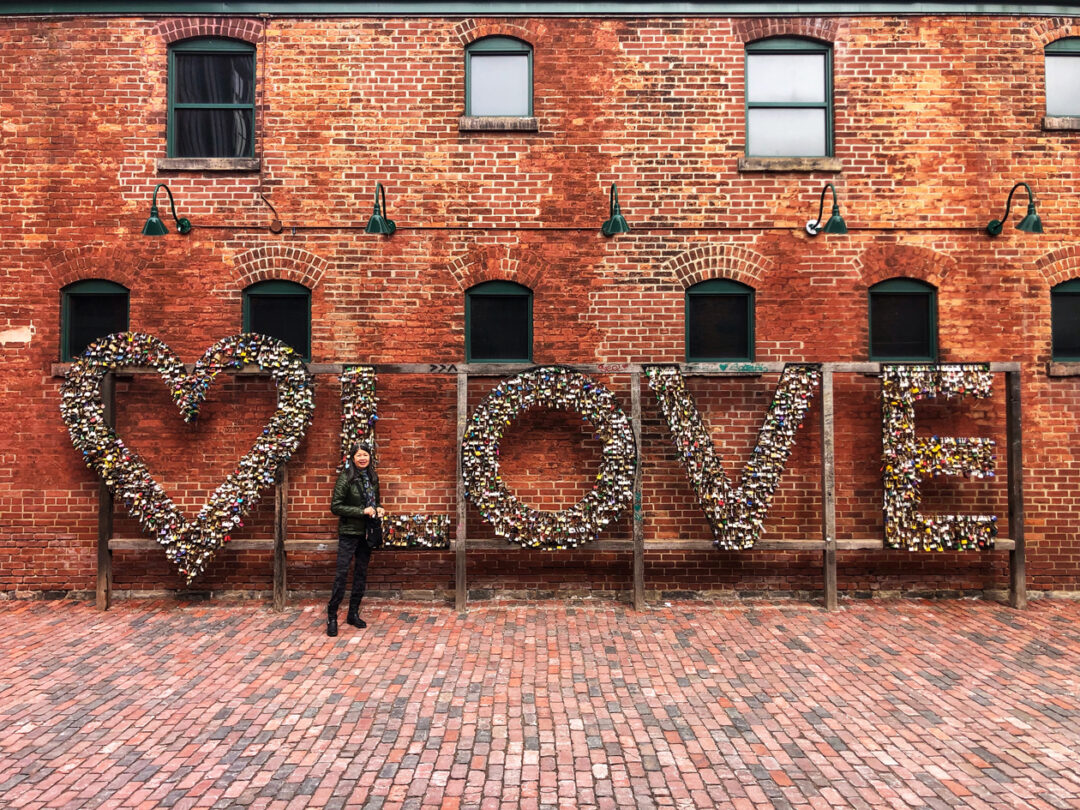
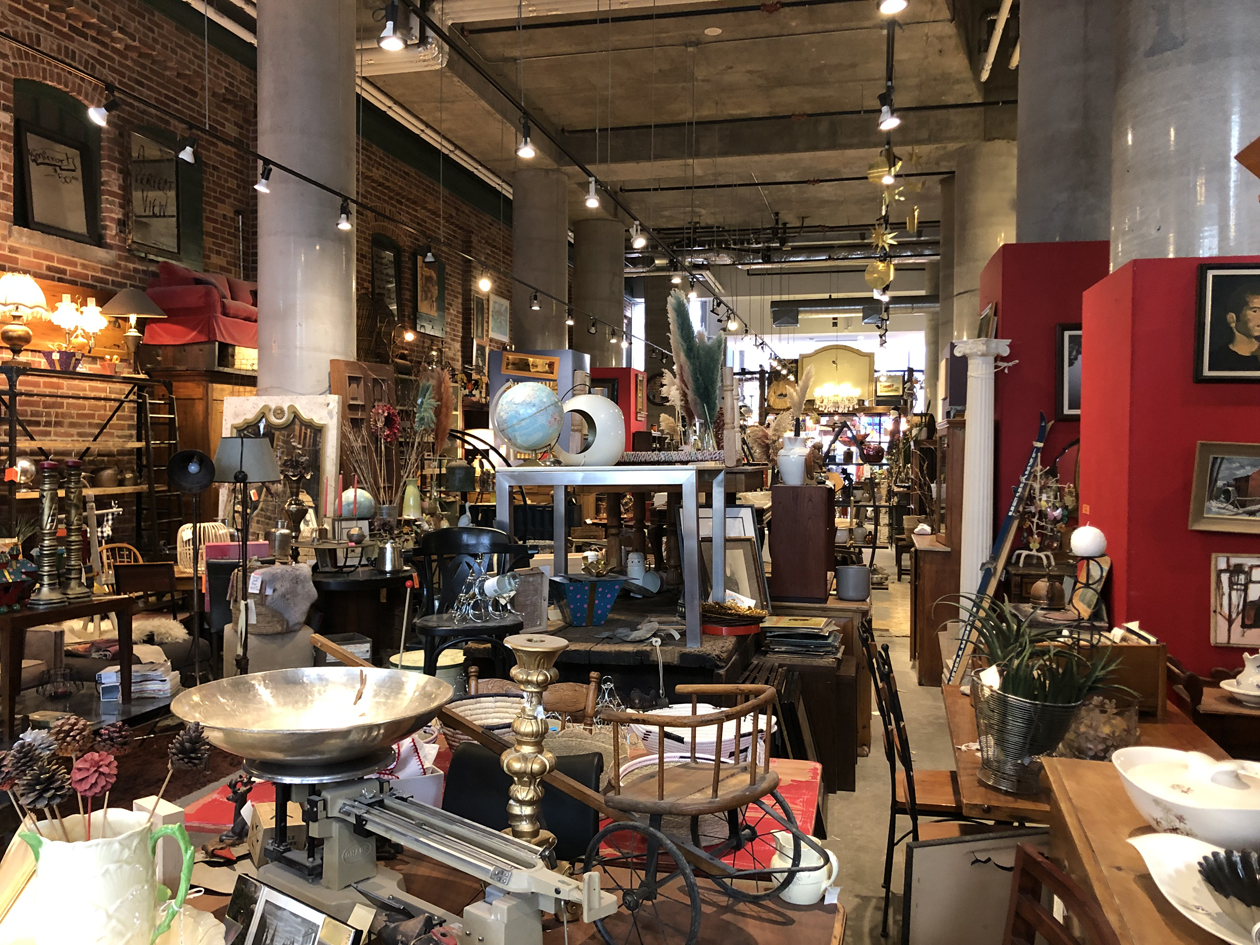
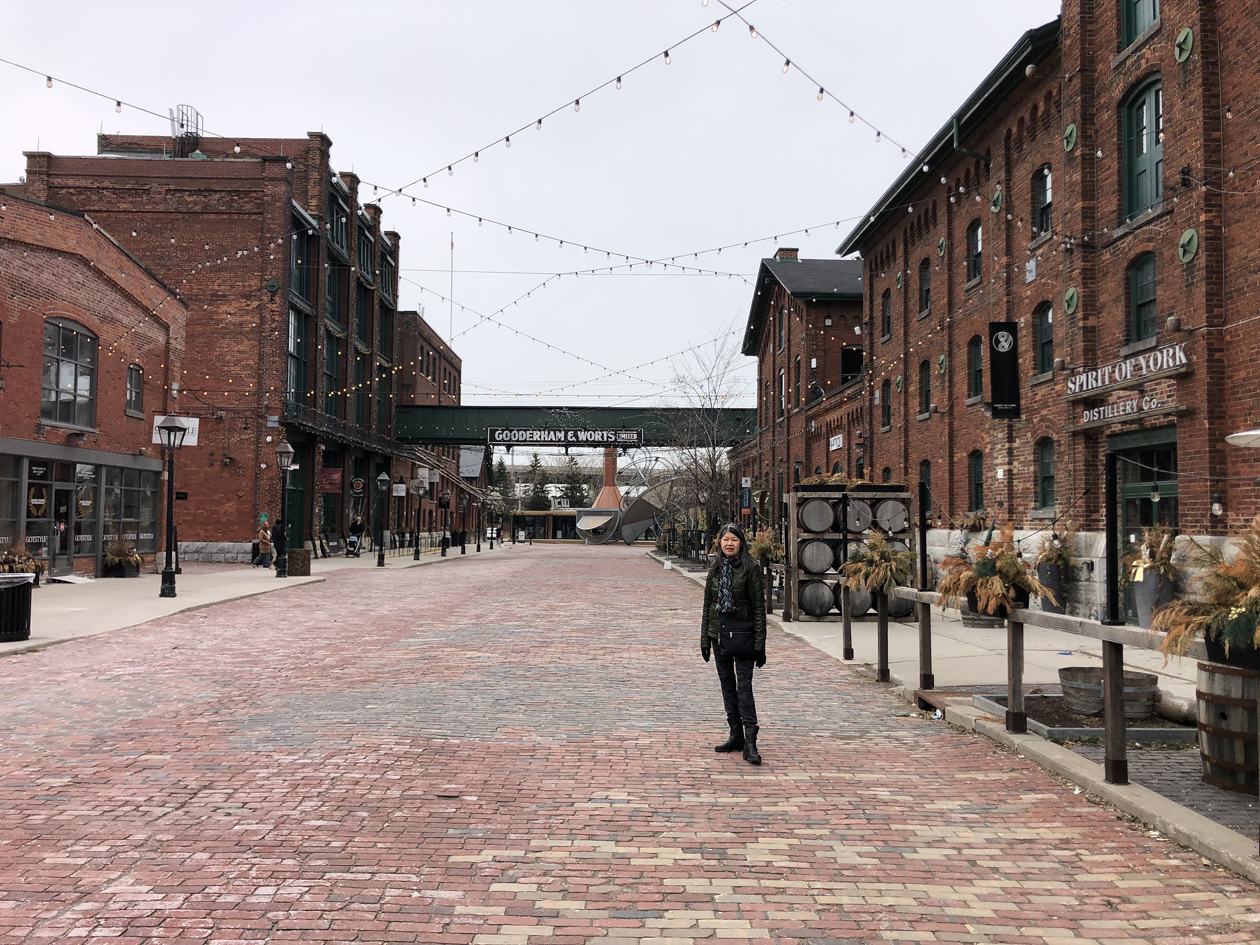
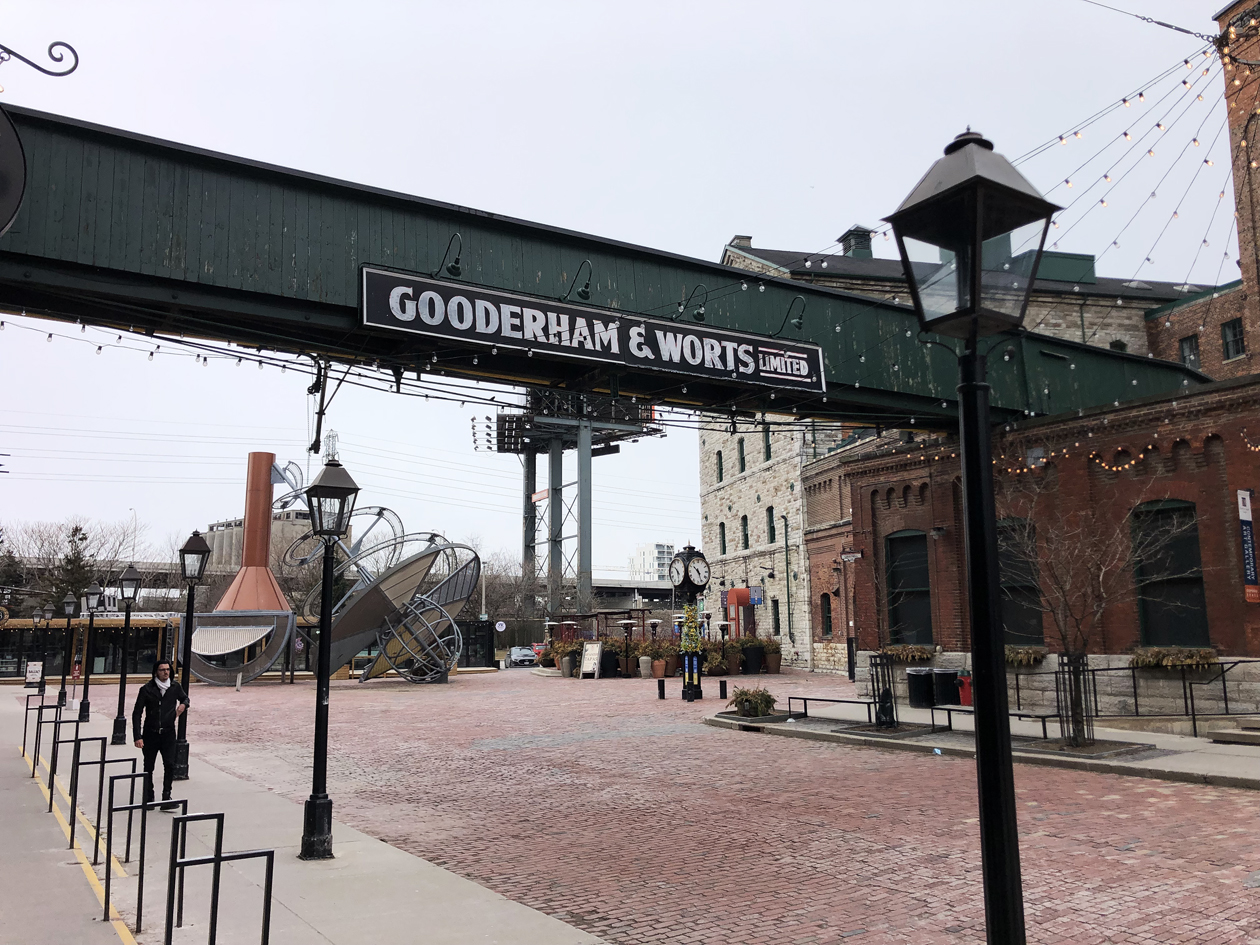
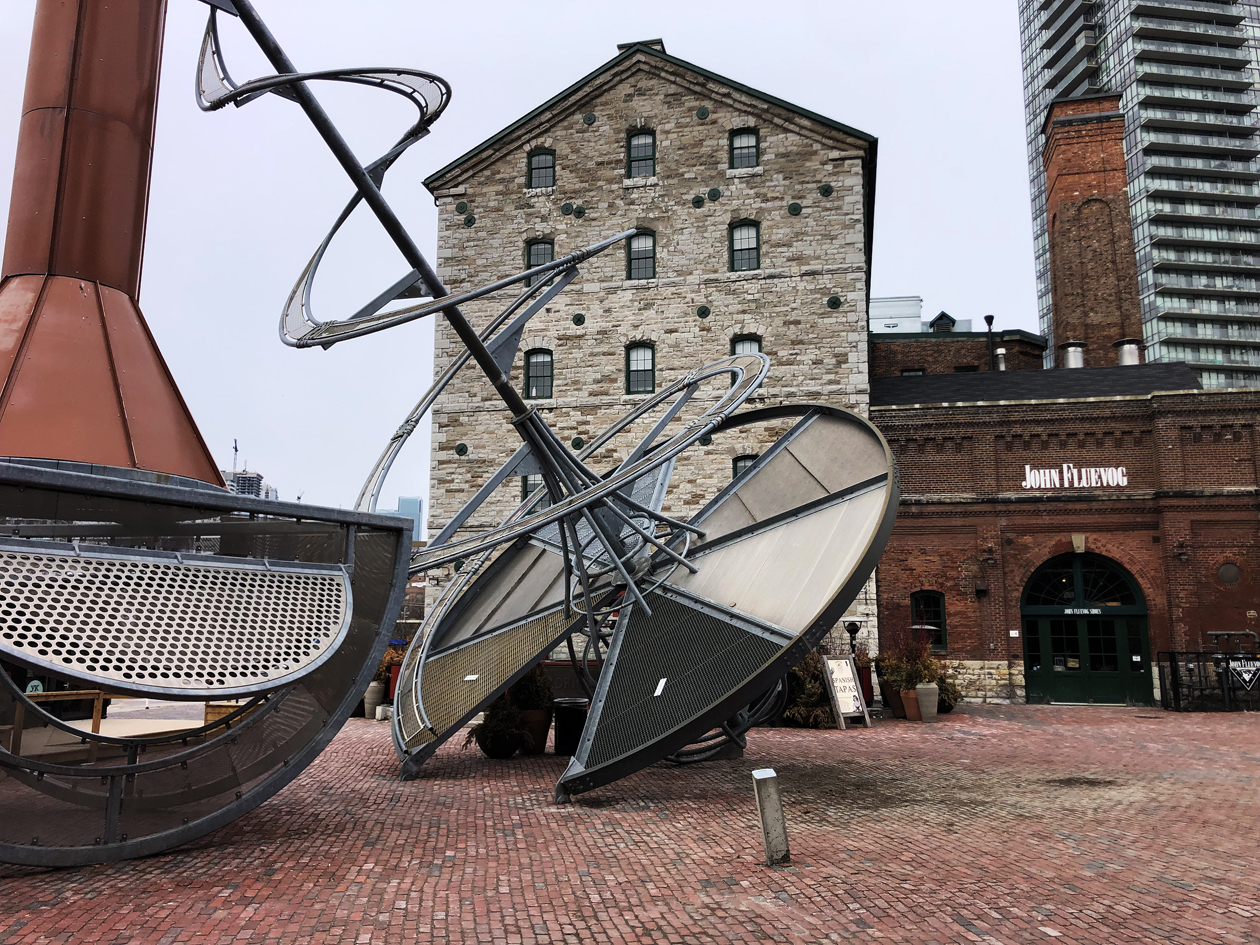
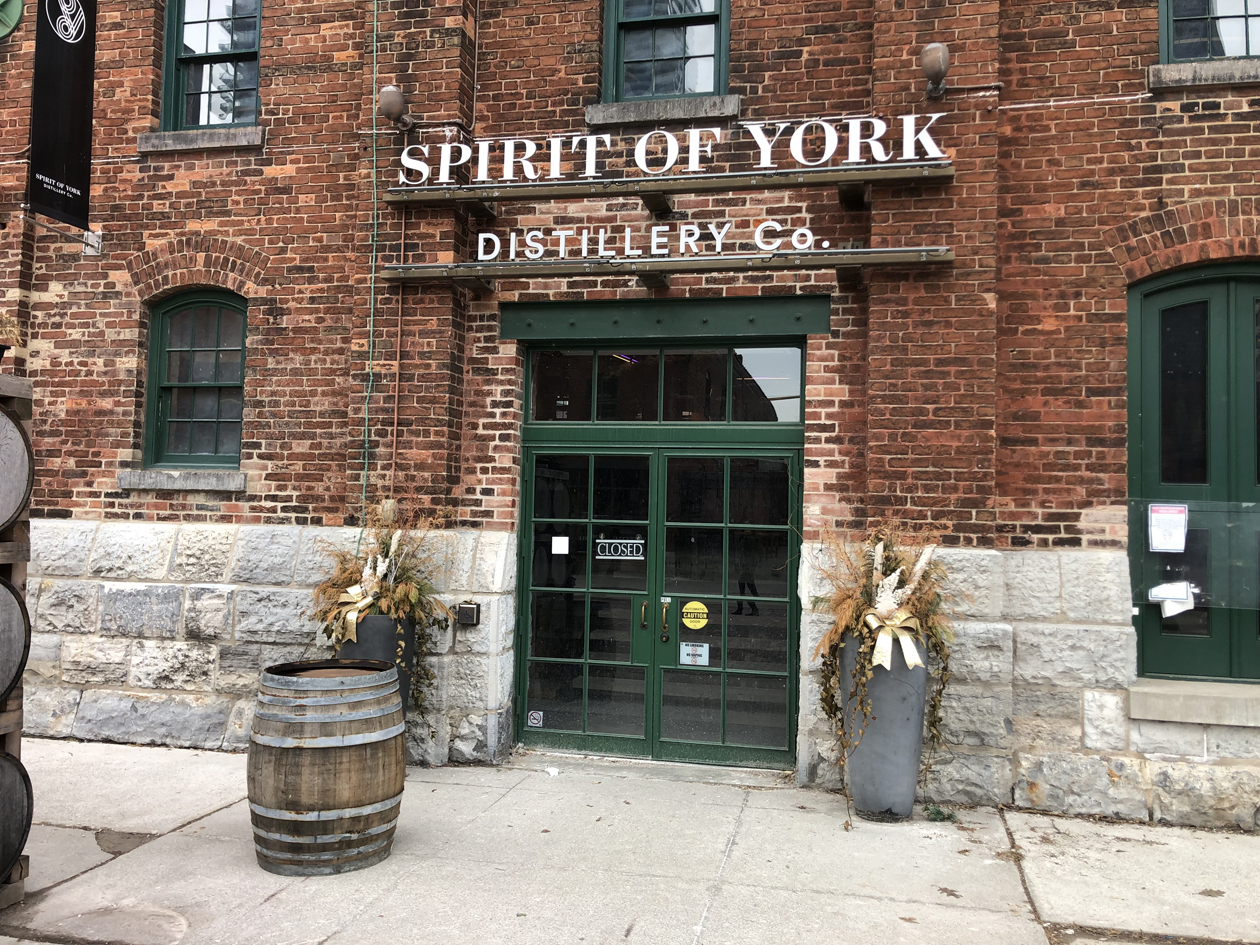
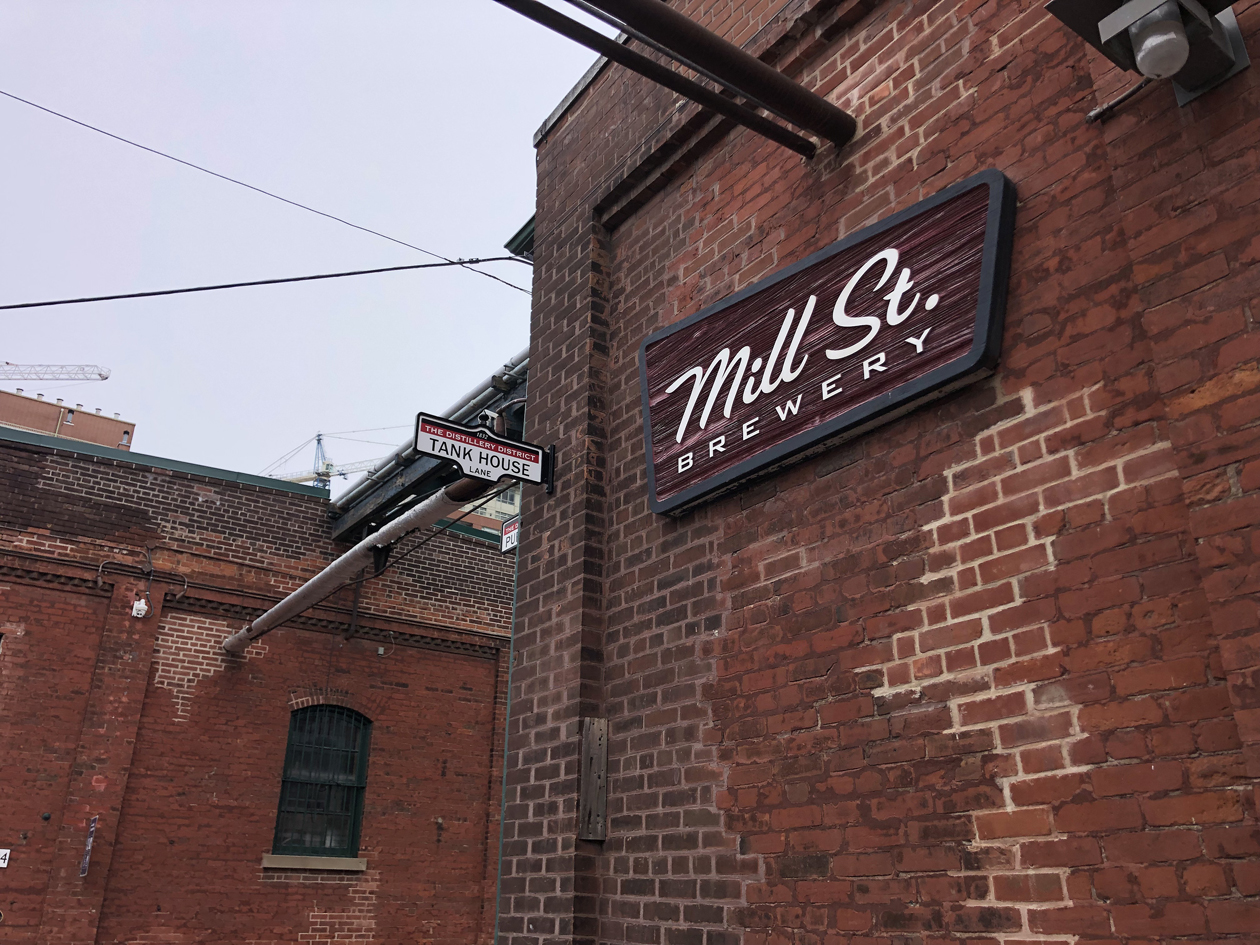
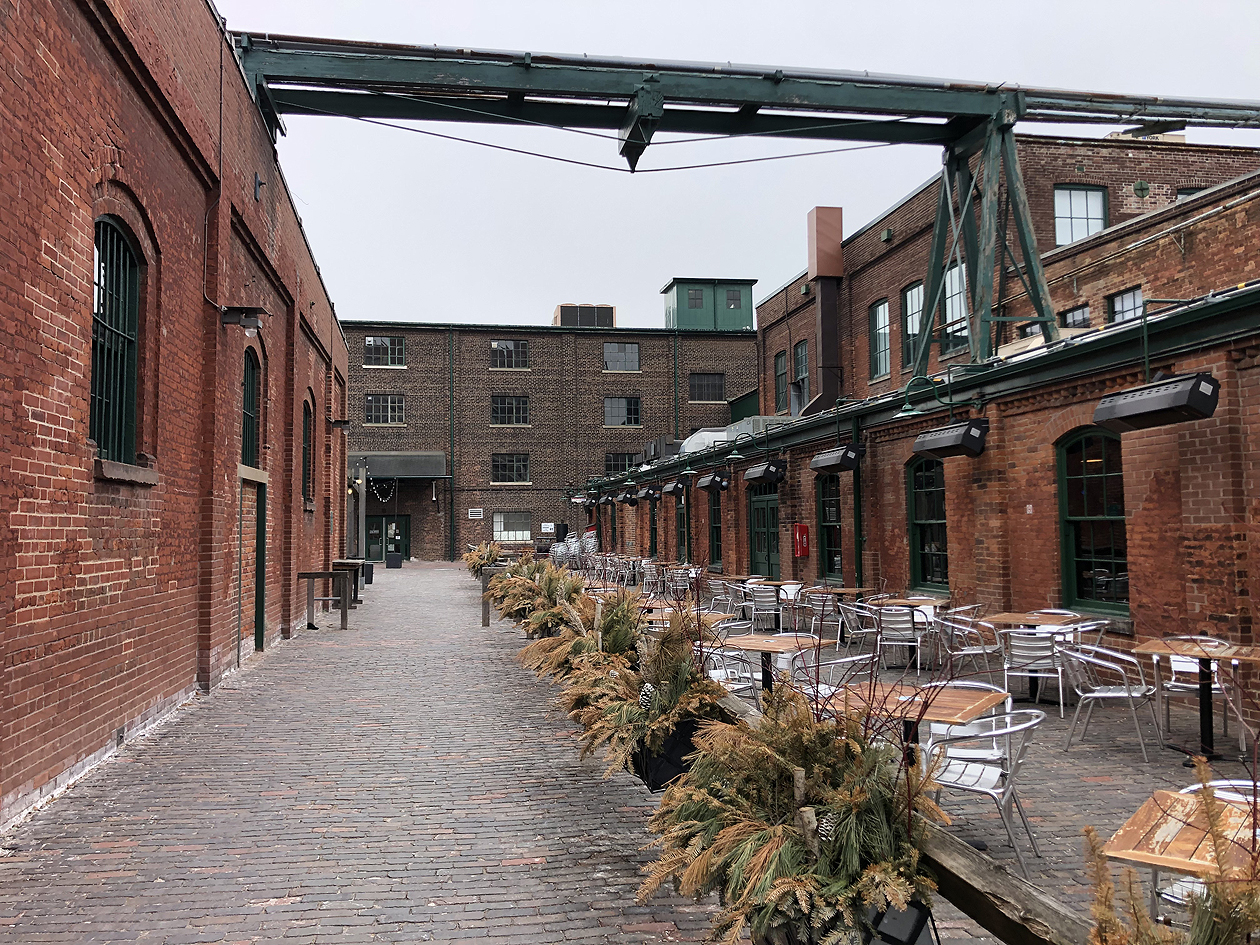
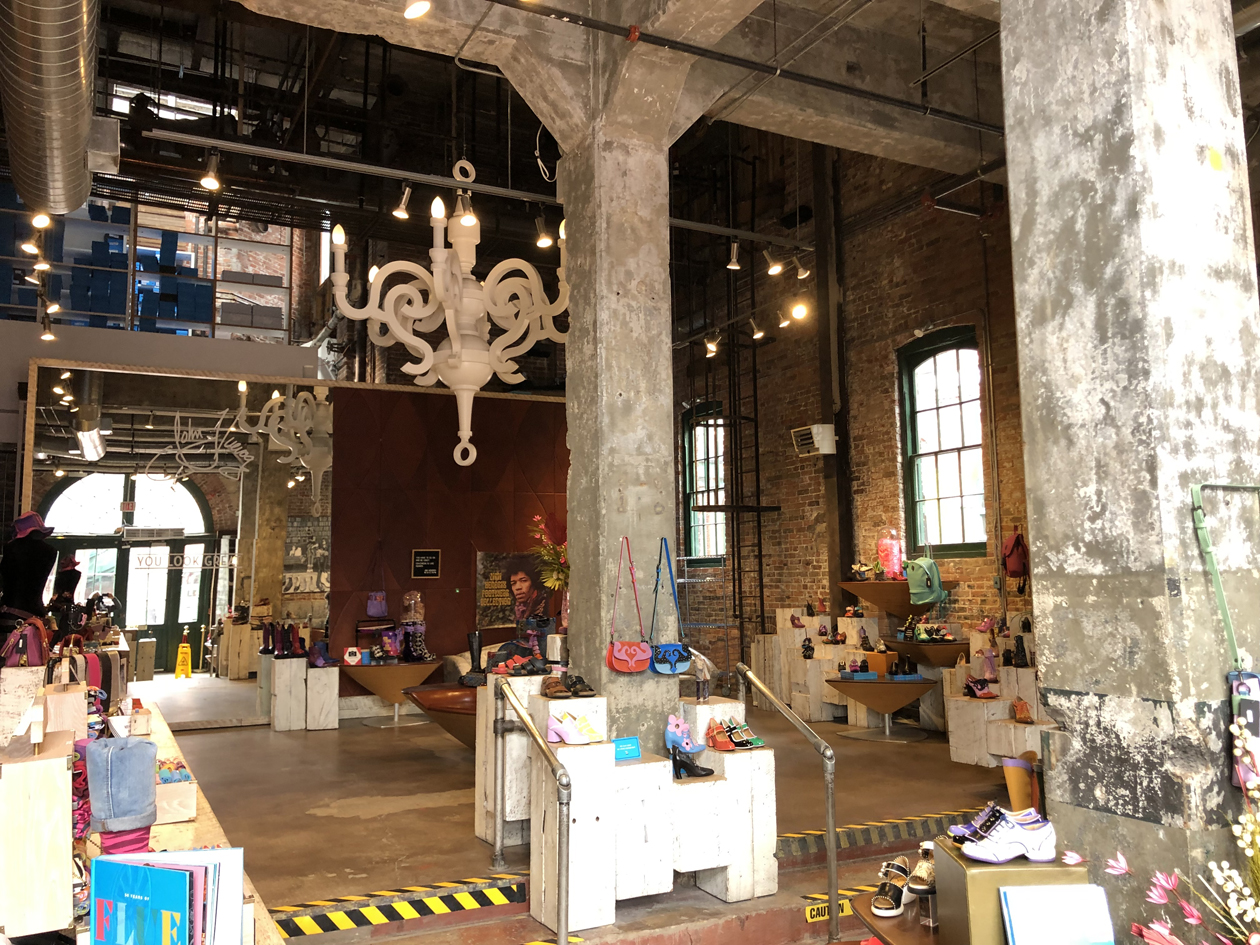
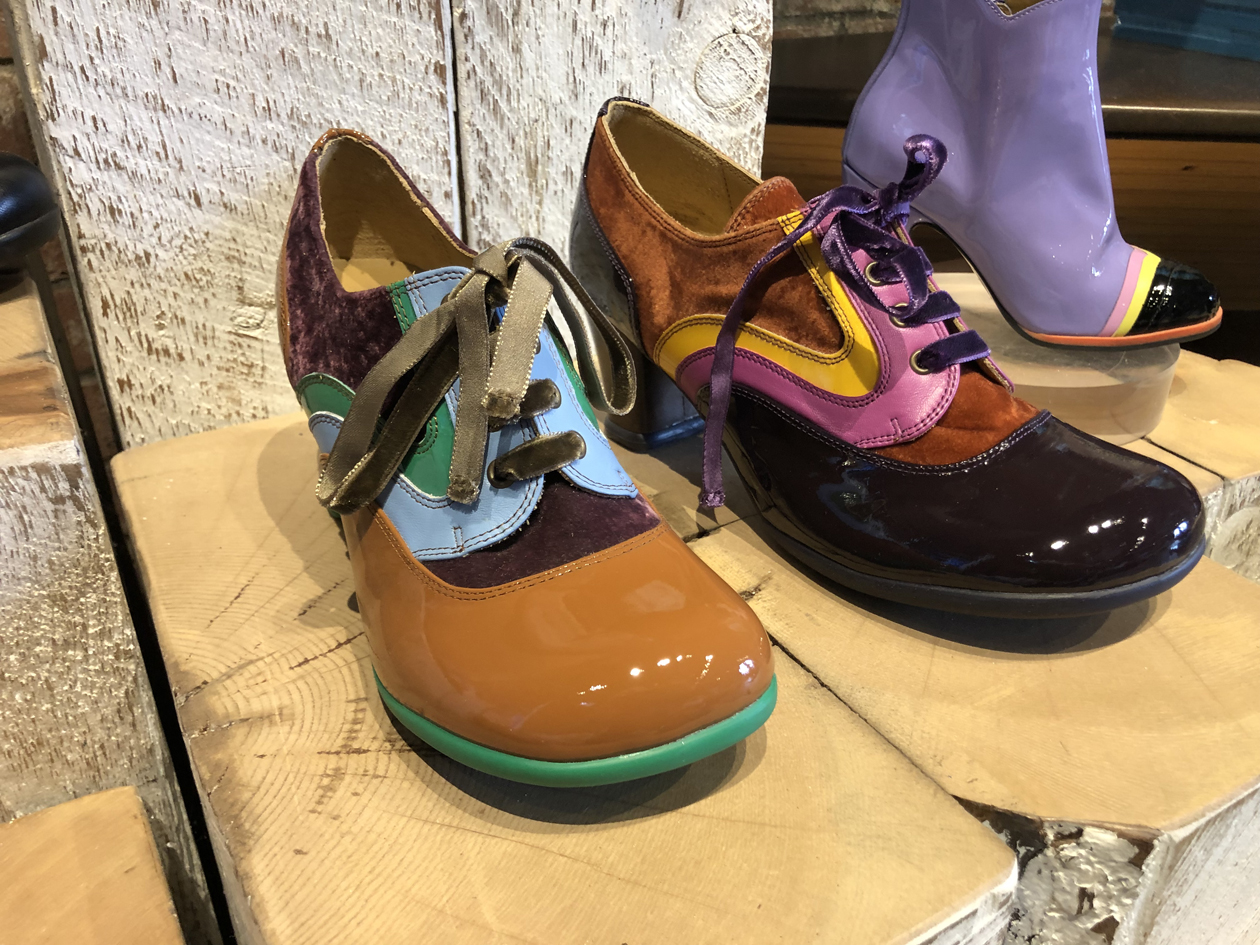
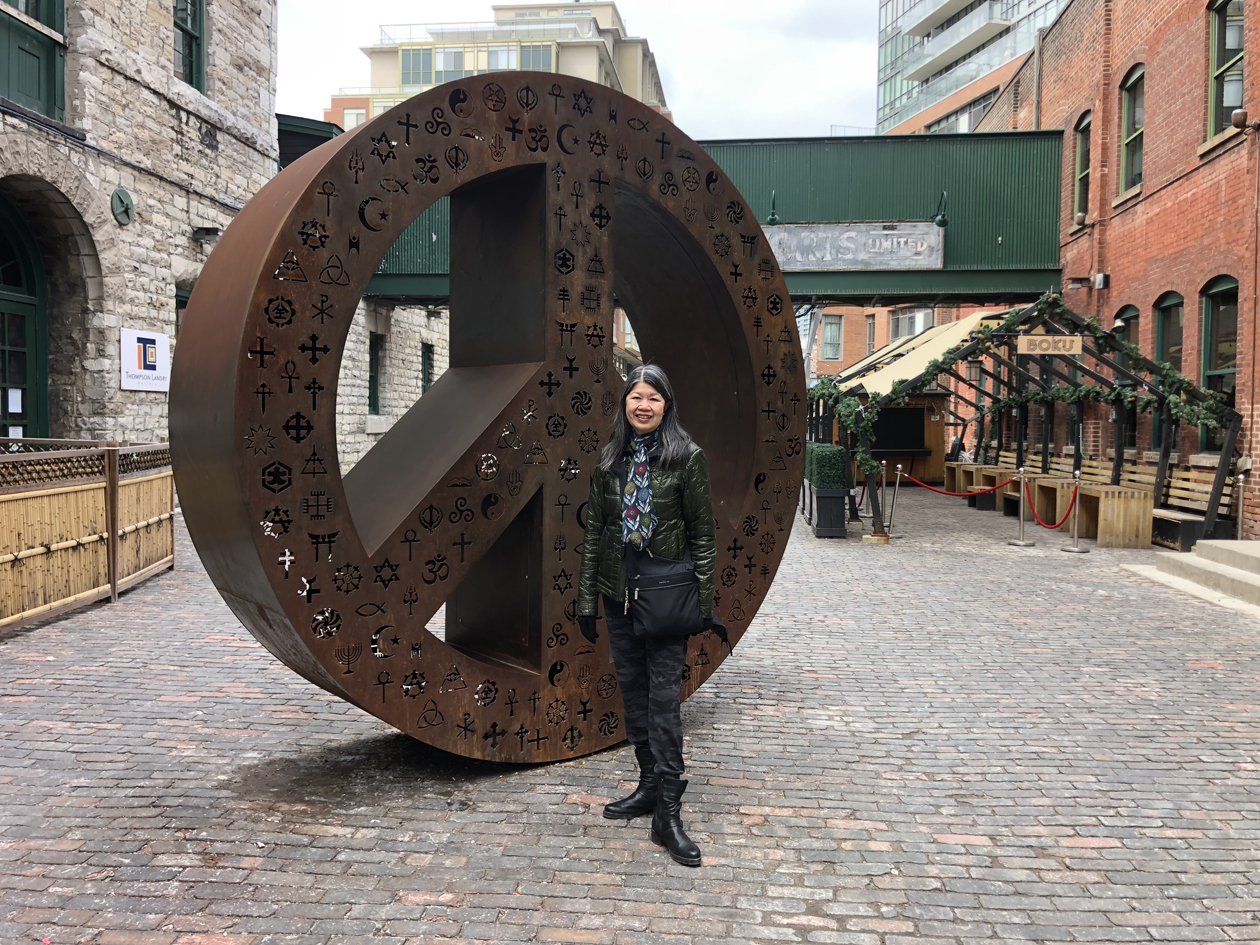

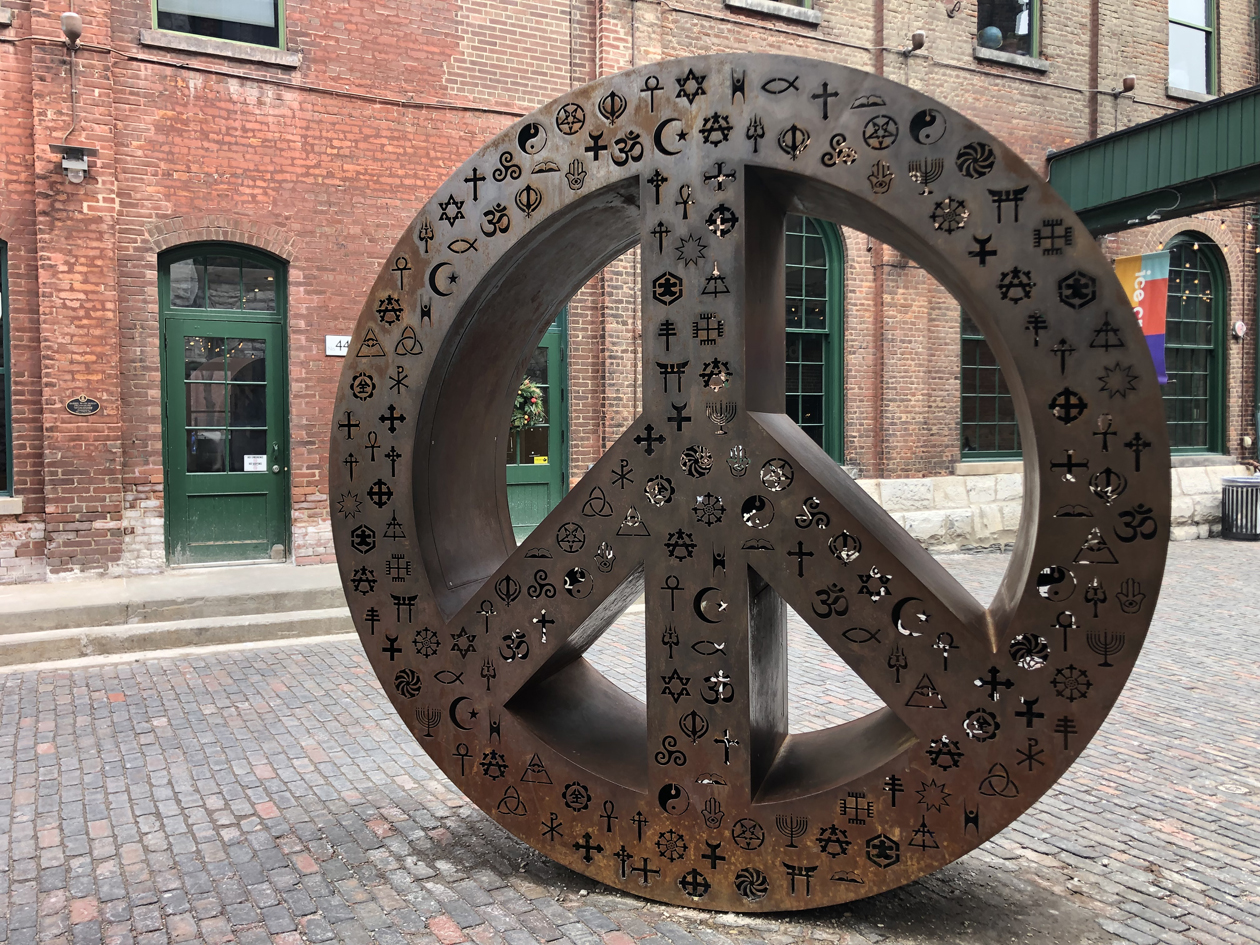
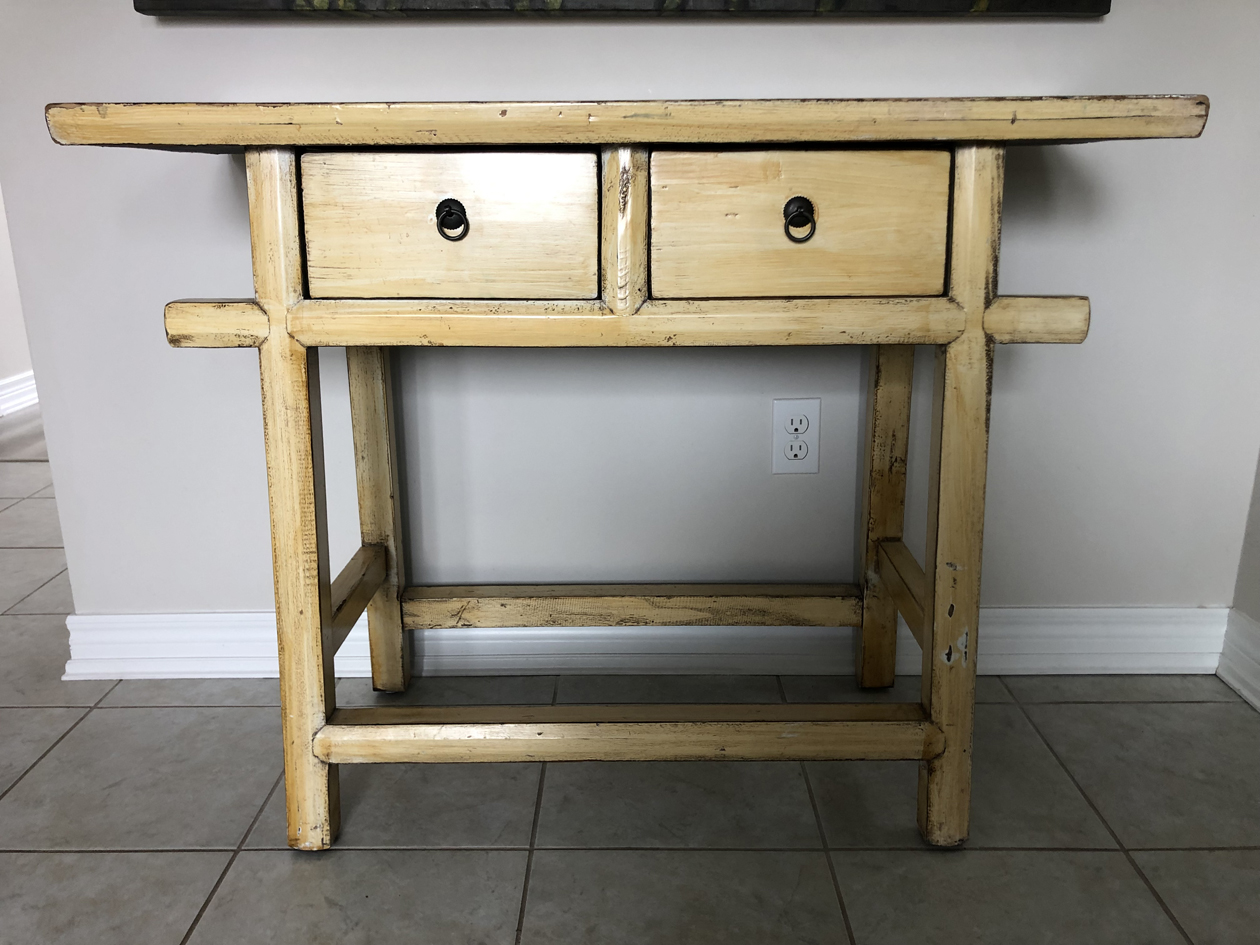
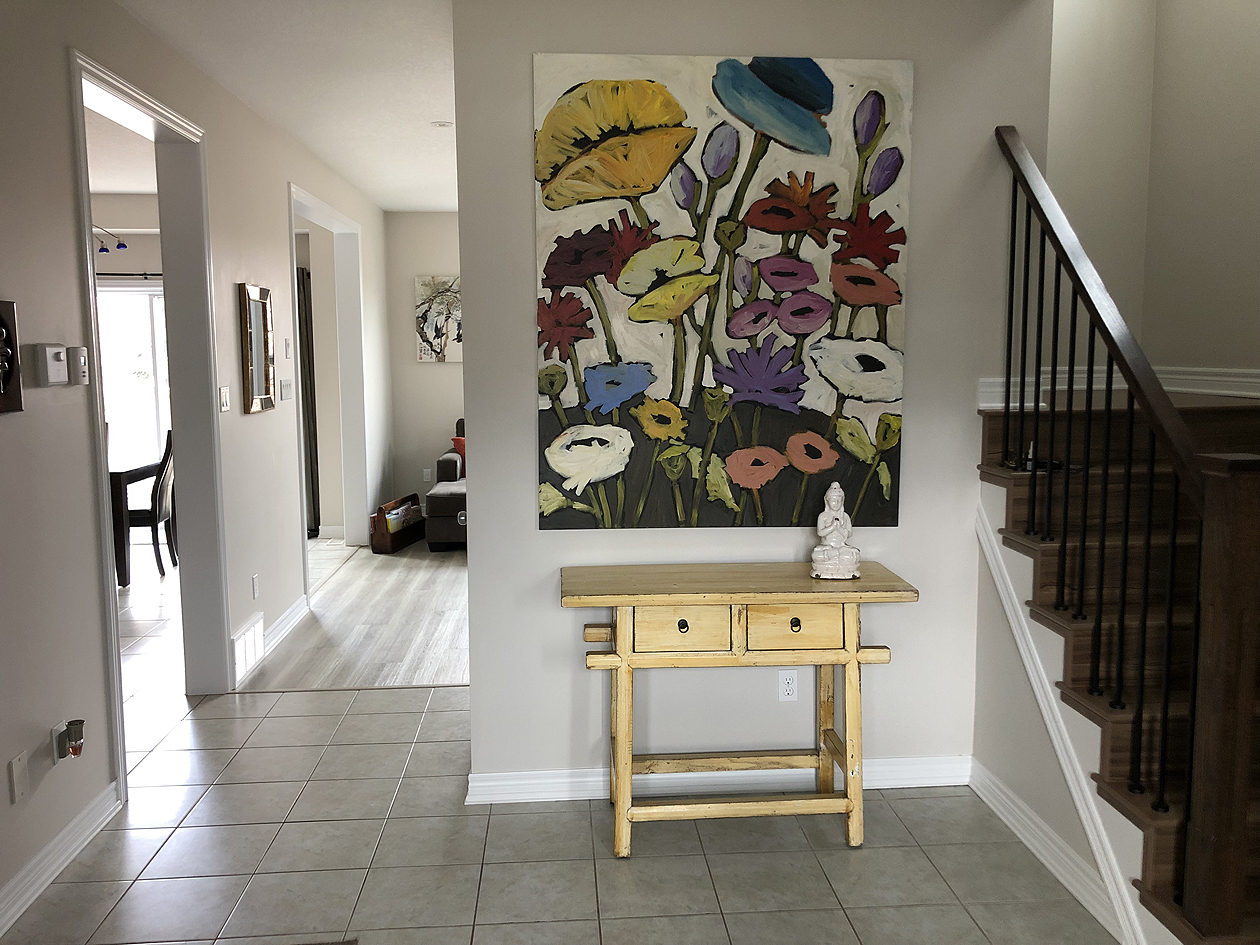
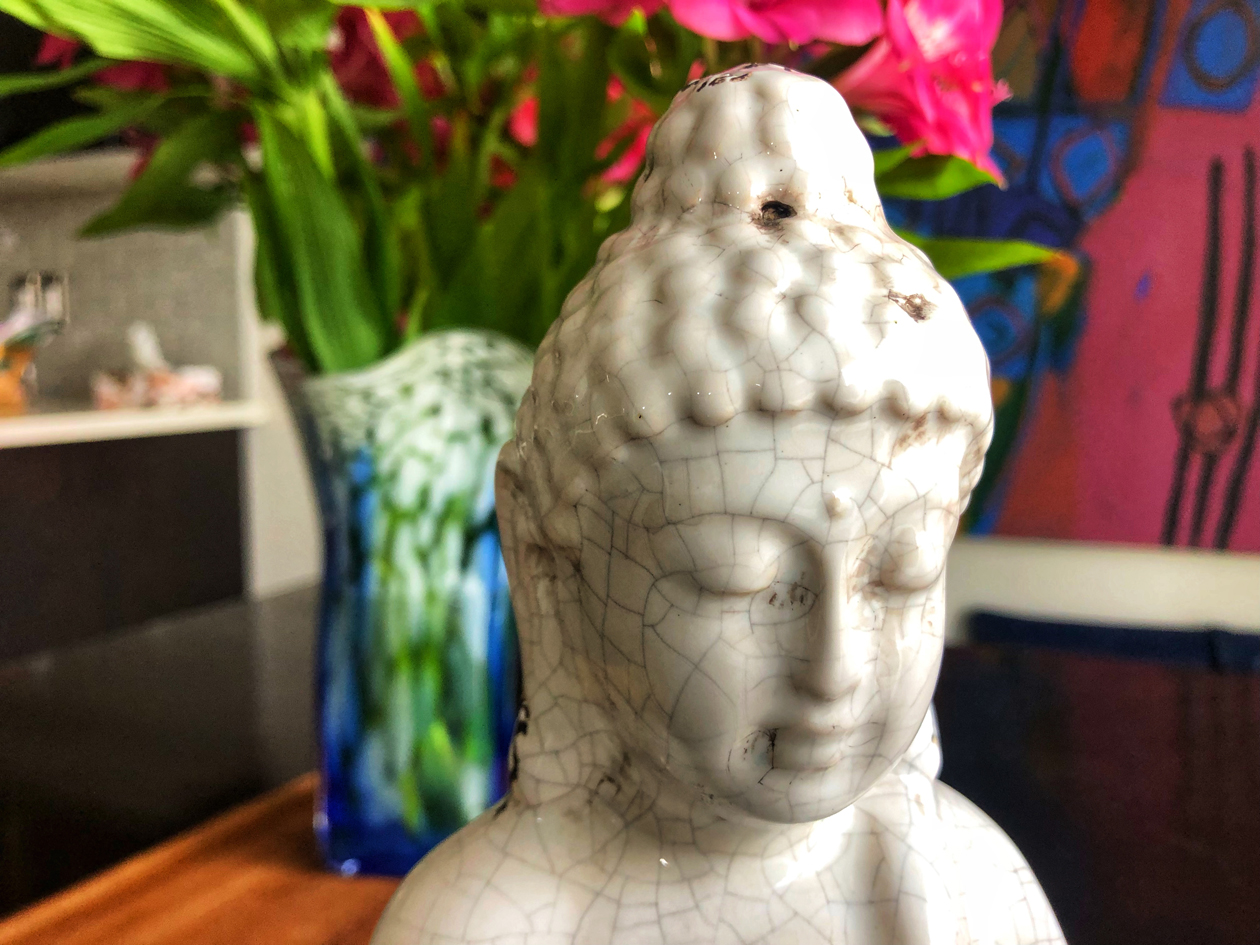
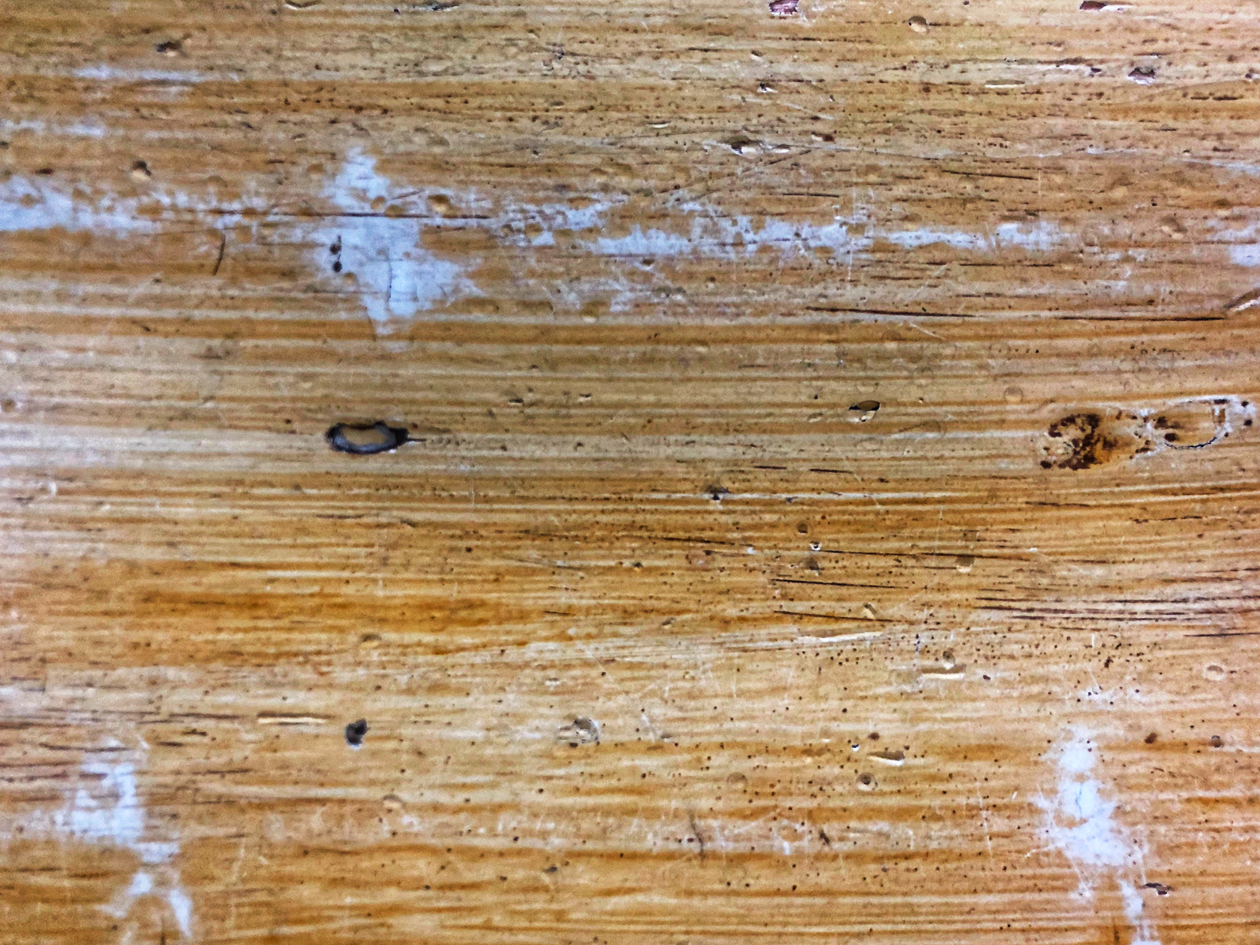
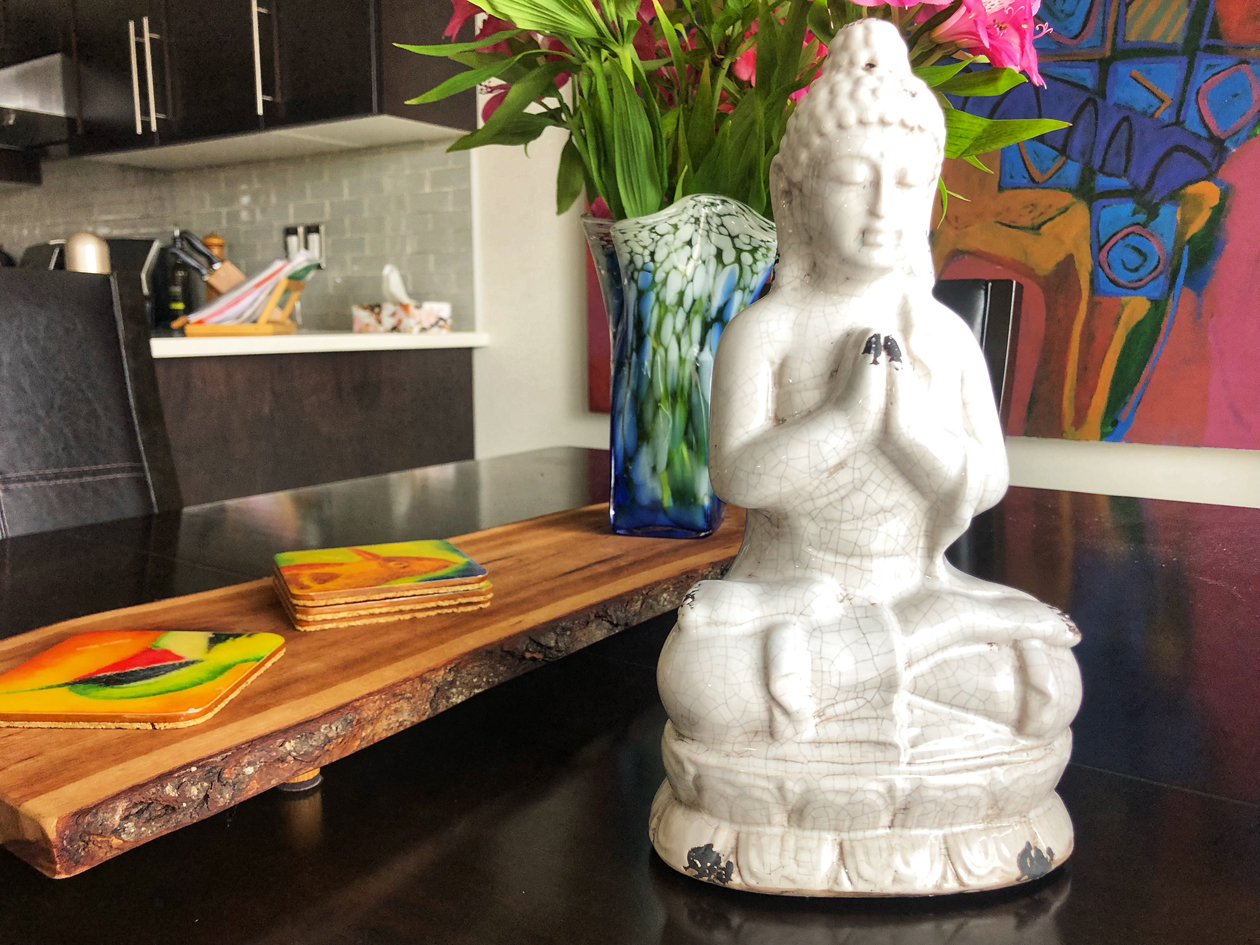
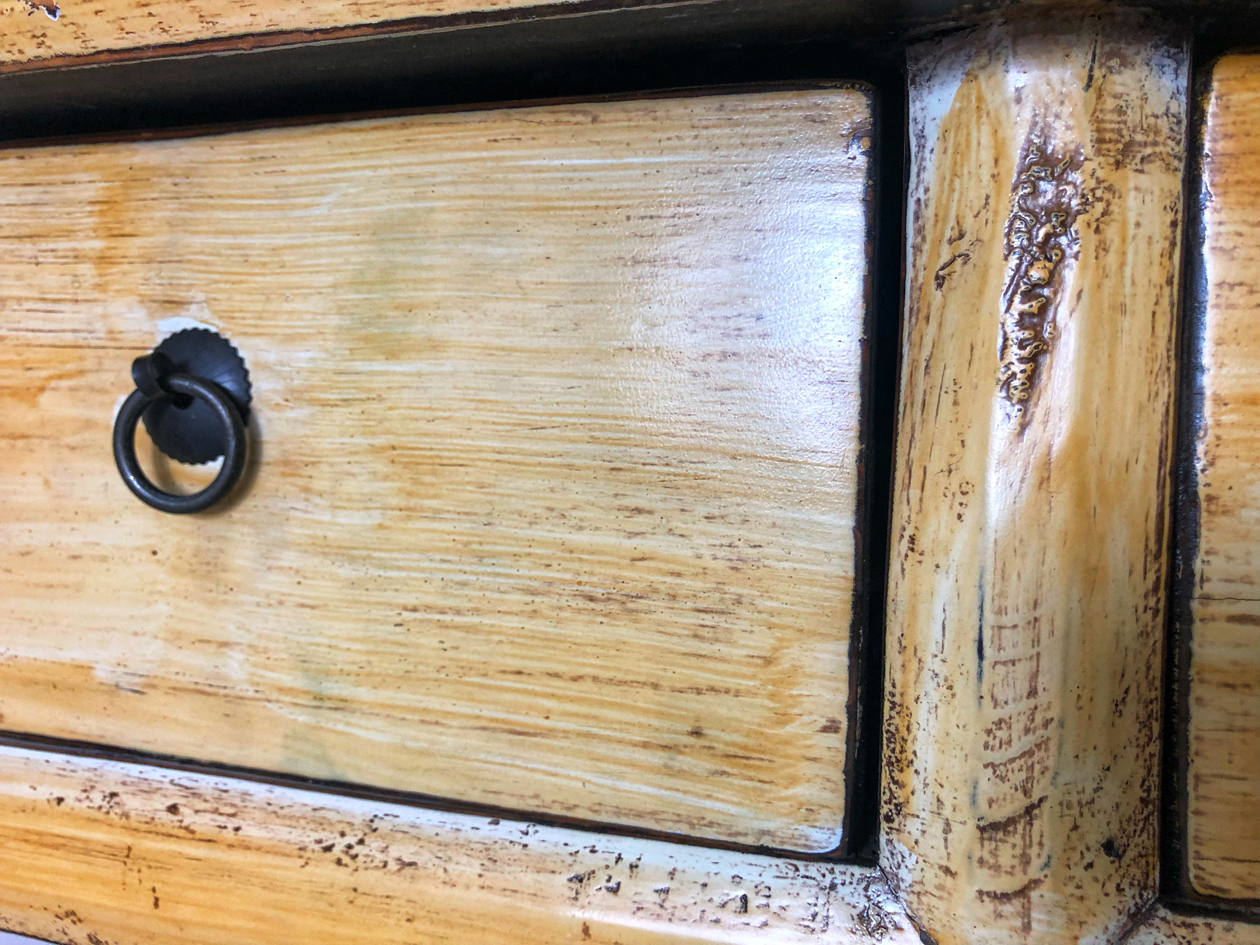
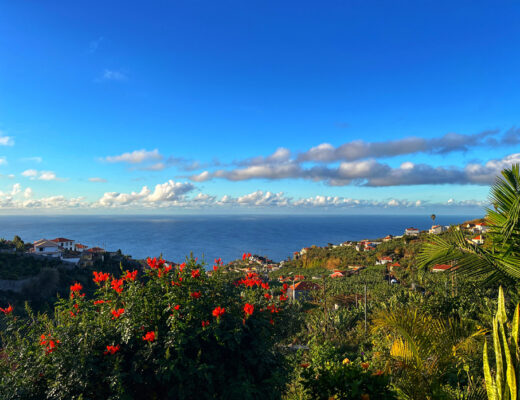
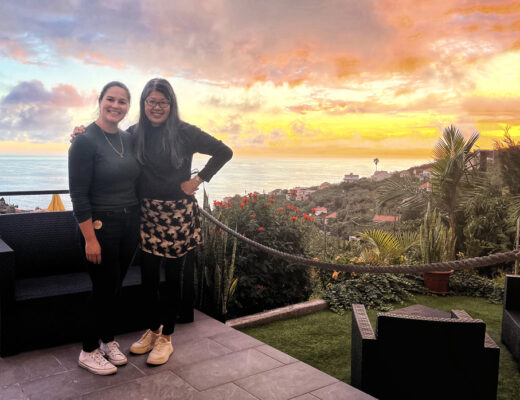
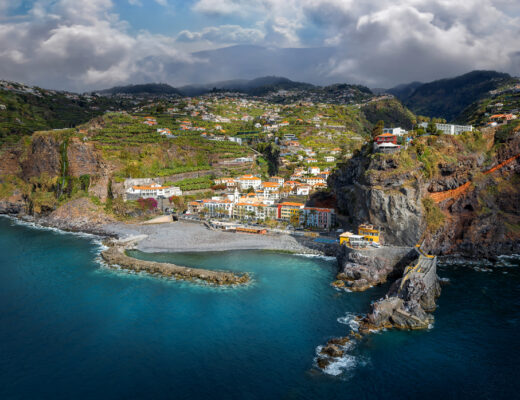
No Comments